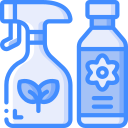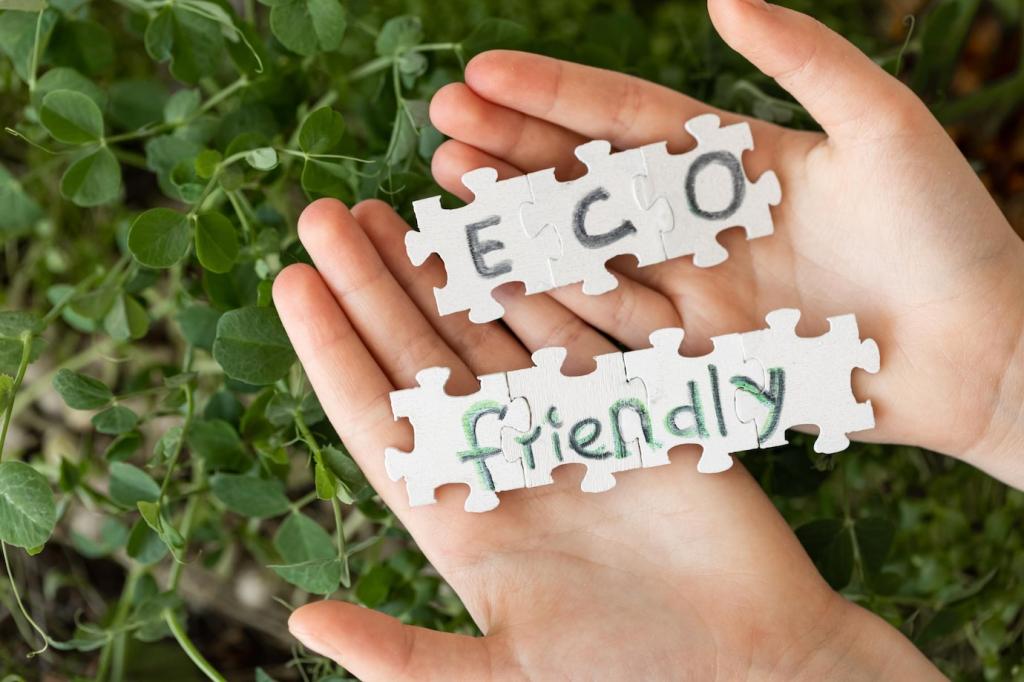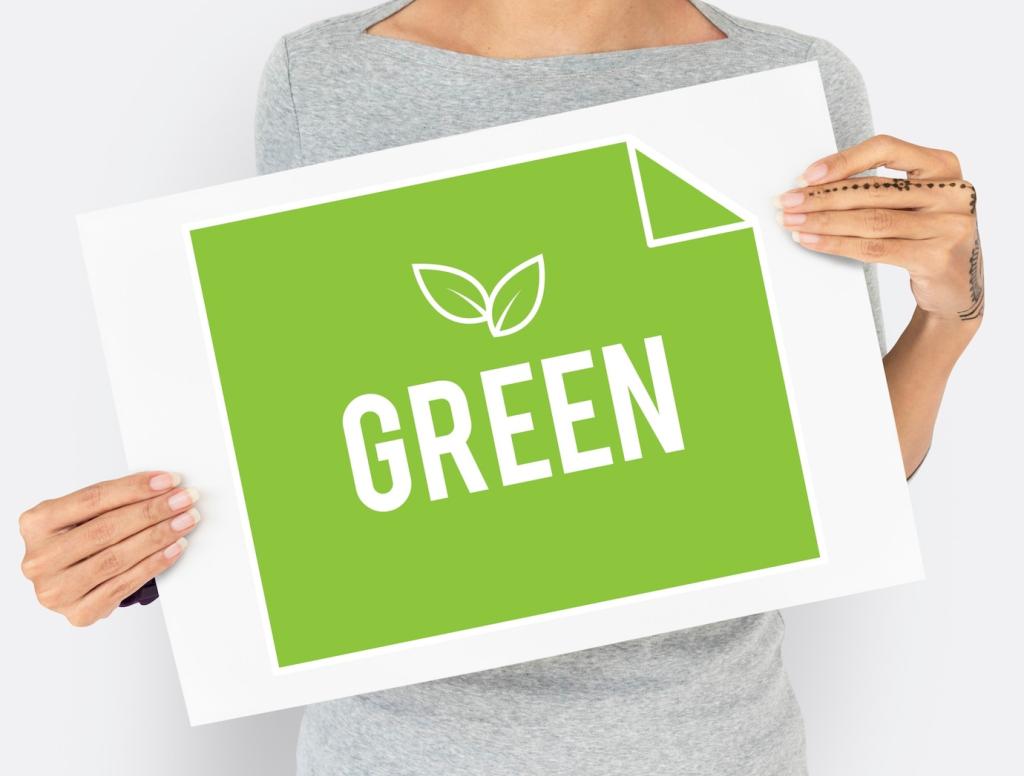Enzymes, pH, and Chelators: Precision Tools
Proteases break down proteins like egg or grass, lipases tackle fats, and amylases digest starches. These catalysts prefer moderate temperatures and specific pH ranges. In laundry, they reduce the need for hot water, cutting energy use while improving visible cleaning results significantly.
Enzymes, pH, and Chelators: Precision Tools
Acidic cleaners dissolve mineral scale and soap scum by reacting with alkaline deposits. Alkaline cleaners saponify fats and boost soil swelling. Eco formulas use organic acids or carbonate buffers to hit the right pH window without corrosive extremes that raise safety and disposal concerns unnecessarily.






